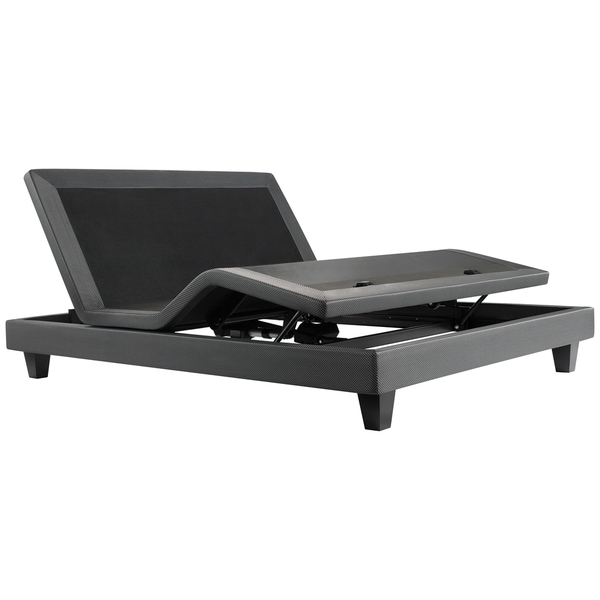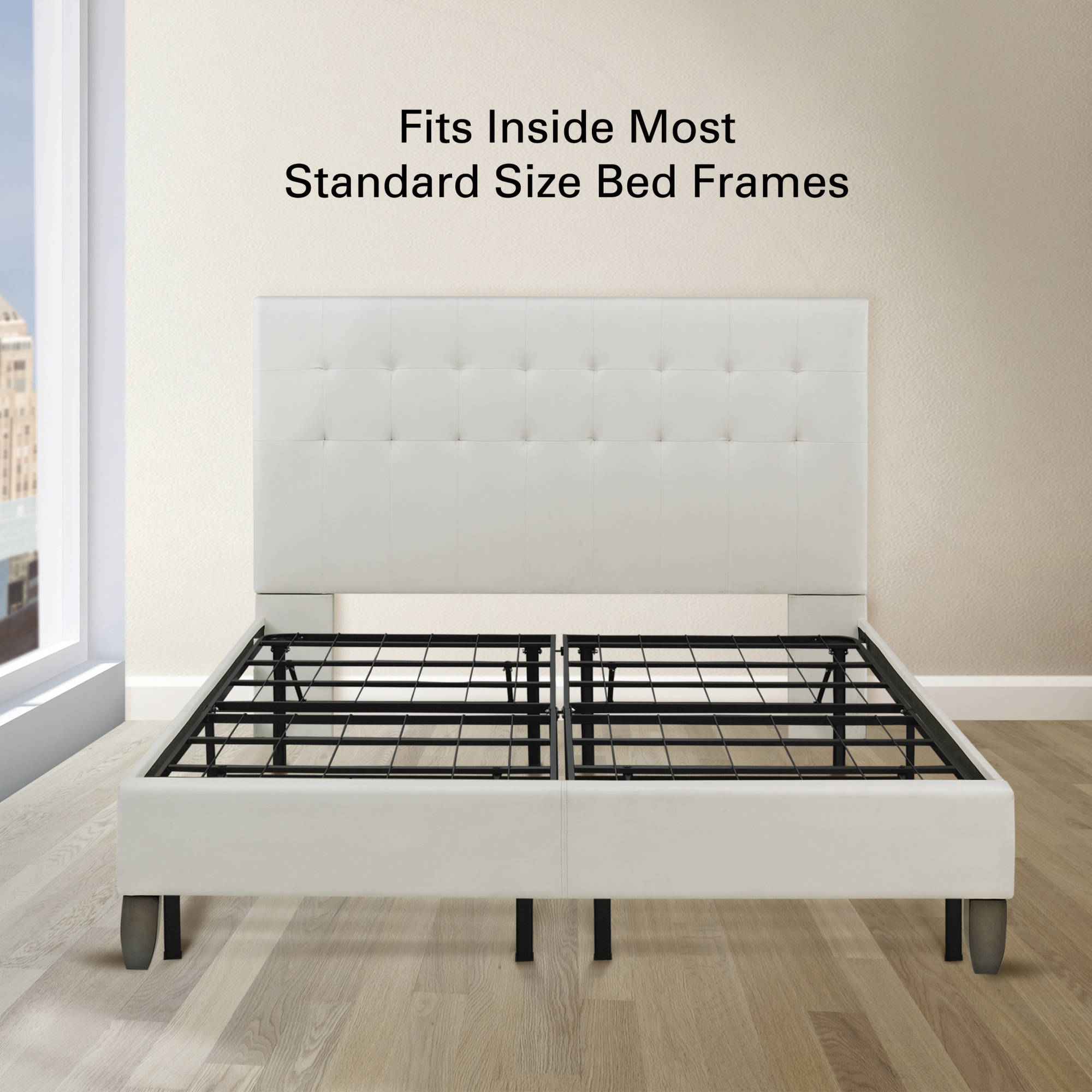

These properties are only effective when eager execution is enabled. Maximum number of rows and maximum number of characters per column of data to display can be controlled by .maxNumRows and .truncate configuration properties, respectively. By default, eager execution is not enabled and can be enabled by setting the configuration property .enabled to true when the SparkSession is started up. If eager execution is enabled, the data will be returned to R client immediately when the SparkDataFrame is created. If ( nchar ( Sys.getenv ( "SPARK_HOME" )) < 1 ) # Return a list of model's summaries model.summaries <- spark.lapply ( families, train ) # Print the summary of each model print ( model.summaries ) Eager execution Structured data files, tables in Hive, external databases, or existing local R data frames.Īll of the examples on this page use sample data included in R or the Spark distribution and can be run using the. SparkDataFrames can be constructed from a wide array of sources such as: It is conceptuallyĮquivalent to a table in a relational database or a data frame in R, but with richer SparkDataFrameĪ SparkDataFrame is a distributed collection of data organized into named columns. (similar to R data frames,ĭplyr) but on large datasets. Supports operations like selection, filtering, aggregation etc. In Spark 3.3.0, SparkR provides a distributed data frame implementation that SparkR is an R package that provides a light-weight frontend to use Apache Spark from R. Enabling for Conversion to/from R DataFrame, dapply and gapply.Run local R functions distributed using spark.lapply.Run a given function on a large dataset grouping by input column(s) and using gapply or gappl圜ollect.Run a given function on a large dataset using dapply or dappl圜ollect.Any designers who dream of strolling the conference room like you’re giving a TED talk, this is your moment. My new fav: You can navigate presentations from your phone.No need for endless versioning…or the crazy naming conventions that other tools require to order your artboards (good-bye artboard 1, artboard a1, artboard a1b, artboard a1bcdefgahhhhhfuckthis).We’re already finding this hugely helpful in design critiques at Figma. You can tweak frames or add screens in real time while others watch.As you make changes to the original design, they’ll be reflected in real time in your presentations… no exporting or syncing necessary. In Figma, the prototype is a living document rather than a dead artifact. We’re excited by the opportunities our cloud-based technology affords us here. In Figma, the prototype is a living document rather than a dead artifact. During early research, almost all the designers we talked to asked for slideshows and hot spot functionality over advanced motion graphics. Fun Figma-fied featuresĪlthough Figma’s prototyping feature doesn’t cover all scenarios, it works for the needs of many of our users. Since we’re the only interface design tool that runs on the web, we’re uniquely suited to meet that demand. Designers were desperate for a solution that would let them create and present in the same place, with one single source of truth. We already integrate with great products like Framer that have made this their core competency, and we’ve wanted to stay focused on building a world-class design tool.īut as we talked to more of our users, we realized we couldn’t ignore prototyping forever. Whether to show work to fellow designers for feedback, pitch plans to executives for final approval, or see how users interact with interfaces during testing, prototypes play a key role in the tech design process.įor months, our users have asked for this kind of feature, but we’ve dodged their requests.

Designers need a way to present their work that’s expressive, clean and intuitive.


 0 kommentar(er)
0 kommentar(er)
